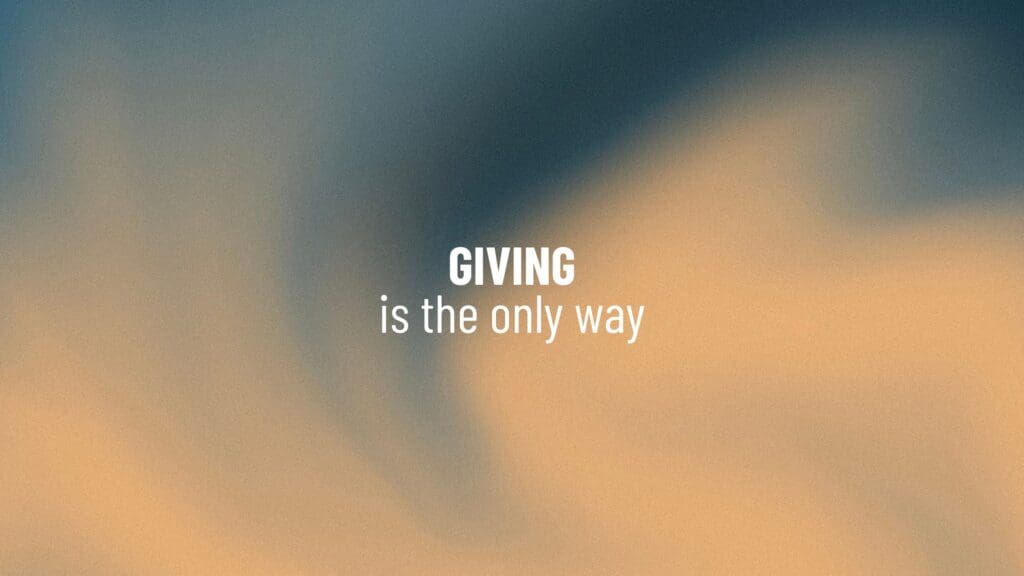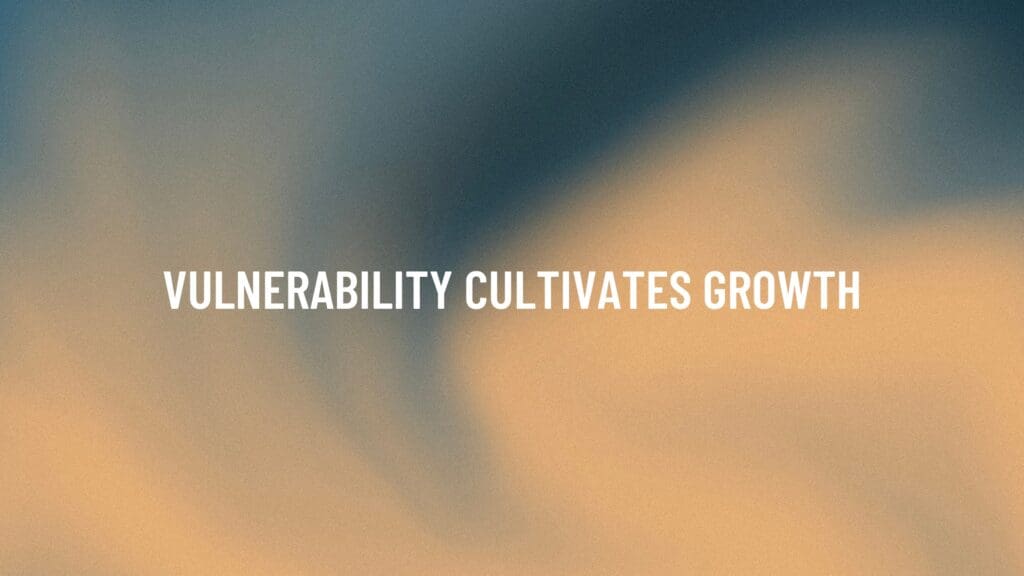
Are You Encouraging People to Make Mistakes?
By Tyler Head
Are You Encouraging People to Make Mistakes?
If not, it is unlikely that your business will be around 10 years from now.
Psychological Safety – the room and space to take risks and make mistakes without fear or shame is vital to producing the kind of innovation it will take to keep your organization alive and well in the future.
In the previous insights within our leading with heart series, we identified a primary leadership challenge as “The Gap.” We defined it as the space between what got you to where you are and what will help your people go further.
We then broke down leading with heart into three areas of focus: practicing vulnerability, developing high-trust relationships, and cultivating an environment of psychological safety.
Previous insights are linked below in order of release.
If you’d like to catch up on any of this, click on the link below:
Insight 1 – Will You Bridge The Gap? (Intro)
Insight 2 – Laying The First Stone – Vulnerability
Insight 3 – You Are Dead in the Water without Trust
Here is what some of the experts are saying about psychological safety.
“The highest-performing teams have one thing in common: psychological safety—the belief that you won’t be punished when you make a mistake.”
– Laura Delizonna, PhD, Professor of Neuroscience at Stanford University
Psychological Safety is not just about being nice or creating safe spaces with trigger-free environments that guarantee everything done will get a round of applause.
Psychological Safety is permission to make mistakes and learn by trial and error.
It is a sense of permission for candor, encouraging the belief that people can be themselves, speak up, ask for help, disagree with an idea, admit a mistake and they won’t be rejected or punished in some way—directly or indirectly. (Paraphrased from an interview with Amy Edmonson from Harvard Business School)
And when Google conducted extensive analytic research on what made for an effective team, they concluded:
“Of the five key dynamics of effective teams that the researchers at Google identified, psychological safety was by far the most important.” – Aristotle Project
So, you may be asking, “How can you round off the sharp edges of your organization to cultivate psychological safety?”
Imagine a young toddler—learning how to walk.
We work hard to cultivate an environment where the toddler can take steps, fall, get back up, and learn. There are many potential hazards when toddlers learn to walk; miscellaneous items, hard surfaces, and sharp corners. But most likely, the space where the toddler first learns is free of known obstacles. Because as they learn to take steps, we intentionally create an environment where failure is possible but not detrimental.
Much like cultivating a physically safe environment for a toddler to take their first steps, developing an atmosphere of psychological safety with our people is paramount to the success of our organization.
It takes the willingness to remove obstacles and round out the sharp edges in your organization.
Although it takes all of your people to do this, you, as the leader, have the power to lead the way.
Christopher Yates, Chief Talent Officer at Ford, says, “Leaders must grow in awareness of how their presence affects those around them.” Going on to say that leaders have the opportunity to “set the tone.”
What if your organization mimicked the safety of a living room prepped for a toddler to take their first steps? Imagine sharp corners guarded, obstacles removed, and the freedom to move around. An organization that encourages boldness to take steps forward, space to fall down, teammates that pick each other up, and the courage to keep trying.
What obstacles are getting in your way of cultivating a psychologically safe environment?
Below are the seven questions Dr. Edmonson asks to help you start the conversation with your people. And if you really want it to be psychologically safe, use a third party to ask the questions.
Strongly agree –> Strongly disagree
- If you make a mistake on this team, it is often held against you.
- Members of this team are able to bring up problems and tough issues.
- People on this team sometimes reject others for being different.
- It is safe to take a risk on this team.
- It is difficult to ask other members of this team for help.
- No one on this team would deliberately act in a way that undermines my efforts.
- Working with members of this team, my unique skills and talents are valued and utilized.
You don’t have to have all the answers—but taking the first step in having this type of conversation will provide a great ROI. 😉
Attached below are links to the sources used in this insight!
Aristotle Project – Google
High-performing Teams Need Psychological Safety – HBR
To Excel – Diverse Teams Need Psychological Safety – HBR
Psychological Safety in Theory and Practice (Amy Edmonson/ Christopher Yates) – HBR/Ford
Remember, if all this sounds a little wild—that’s okay. We love walking alongside leaders like you as they walk with their people, developing a shared purpose and cultivating a collaborative culture that DRYVE better business results. Click here to schedule a complimentary strategy call today!
Are You The Wrong Bus?
Written by Randy Mayes Popularized by Jim Collins in his book Good to Great, the phrase “Get…
Why Is Trust So Important
Written by Randy Mayes | DRYVE Leadership Coach Why Trust Is So Important People do what they…
Shaping Your Organization
Written by Tyler Head | DRYVE Leadership Coach Shaping your Organization Three Questions that Will Shape Your…
Giving is the only way
Written by Brandon Welch | Frank & Maven “How to keep employees” It’s a phrase that was…
Transparency is worth it.
Written by Richard Ollis | Ollis, Akers & Arney Transparency is an interesting aspect of business that…
Vulnerability Cultivates Growth
Vulnerability requires practice. Endurance Training is much less about repetition (doing it exactly the same) and much…
What did you expect?
One of the popular sayings I heard early in my management career was “people don’t do what…
Do you celebrate?
Imagine how your culture would shift if you put as much energy into celebrating your team’s achievements…
If you fail to plan, you are planning to fail.
“…we used to experience disruptions followed by periods of stability, change now is increasingly perpetual, pervasive, and…










